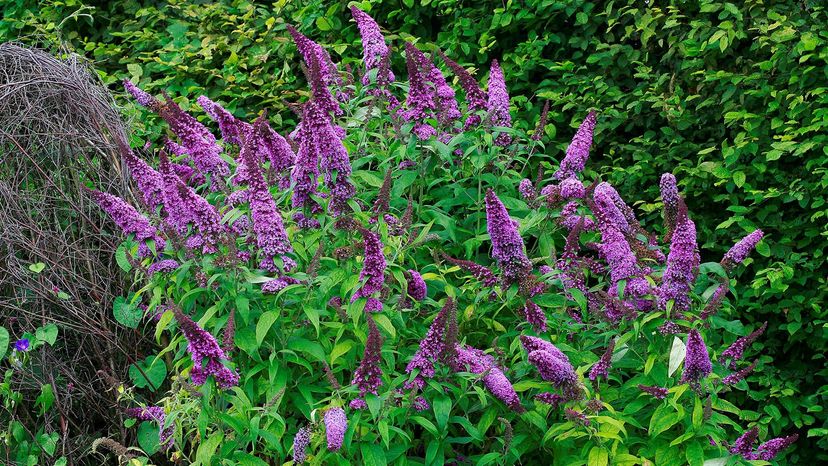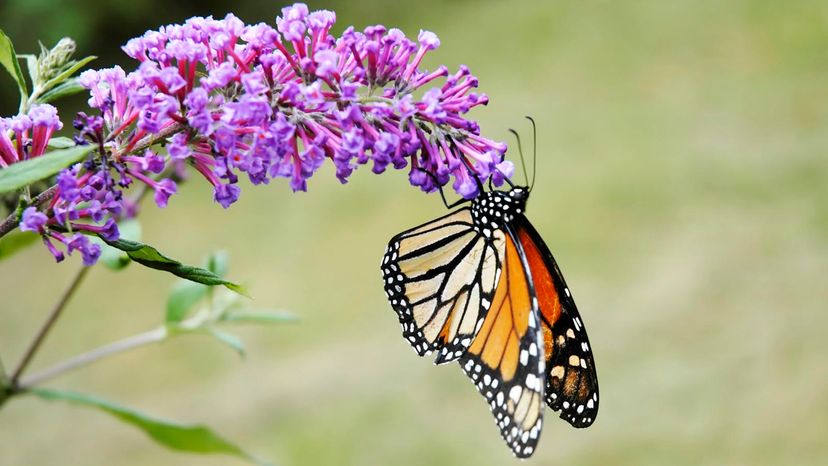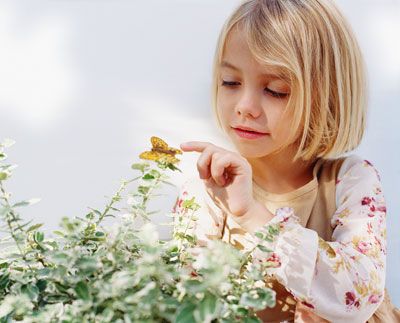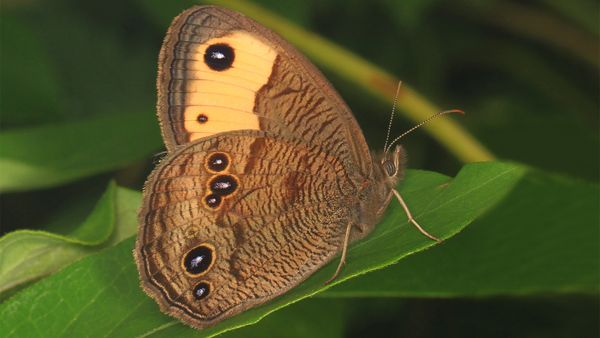
Key Takeaways
- Butterfly bushes are long-blooming shrubs that attract butterflies and hummingbirds, and are available in various colors and sizes.
- They require minimal care, thriving in full sun and well-drained soil, and are drought-tolerant once they've established themselves.
- Besides their garden appeal, butterfly bushes also make excellent cut flowers for arrangements.
The butterfly bush (Buddleia davidii) is difficult to beat when it comes to sheer flower power. These sun-loving plants not only are some of the longest-blooming shrubs you can find, but they also are available in a rich array of summer-ready colors, bloom continuously through fall, and of course, attract butterflies and hummingbirds galore. Wondering why you should grow a butterfly bush? Here are five reasons they're so great.
Advertisement


